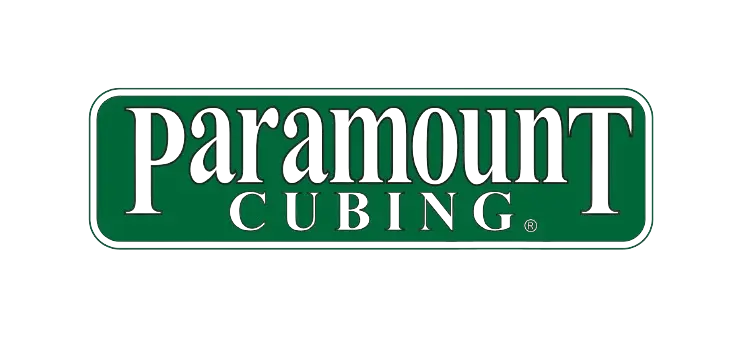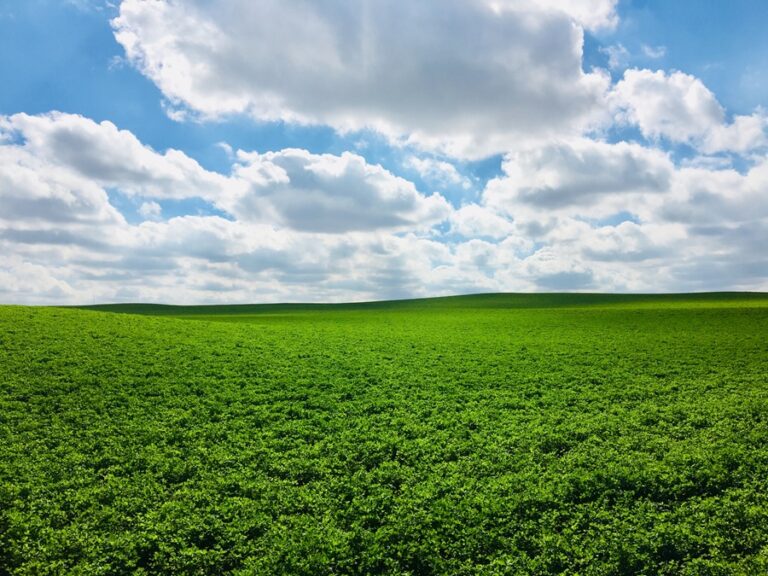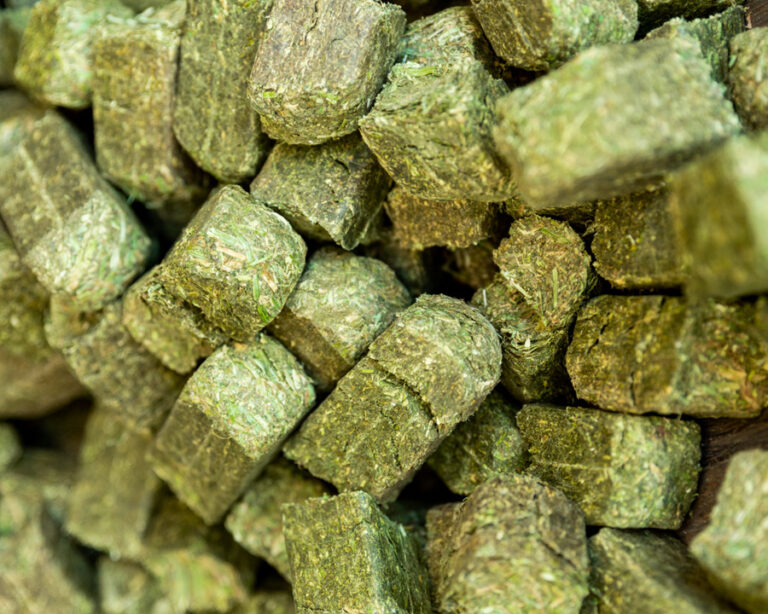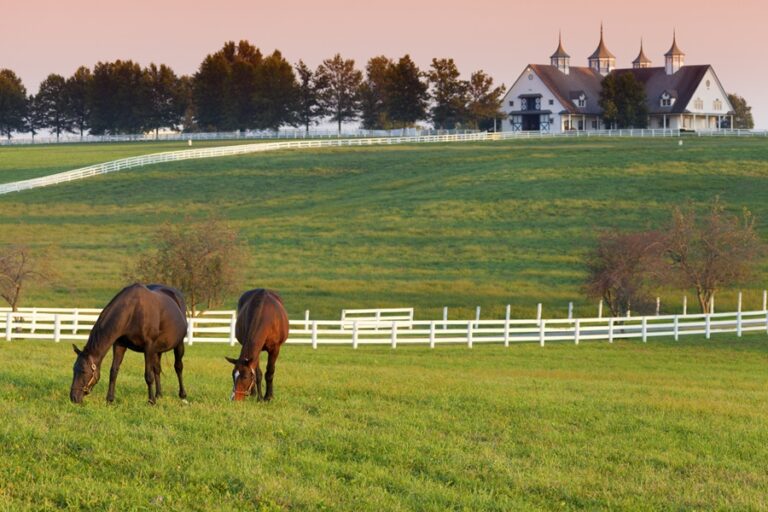Feeding horses has been an essential part of their care for centuries, evolving from simple, natural foraging to scientifically formulated feed options. This progression reflects not only advances in agricultural practices but also a deeper understanding of equine nutrition. Let’s take a historical journey through the evolution of horse feed, highlighting how we arrived at modern feed innovations like hay cubes and pellets.
Early Days: Forage and Grains
In ancient times, horses roamed freely, grazing on grasses and other forage to meet their nutritional needs. Domestication brought new challenges, as horses were increasingly used for farming, transportation, and military purposes. While grazing remained a staple, owners began supplementing diets with grains like oats and barley to provide the extra energy needed for their demanding workloads.
Grain feeding was simple but effective—offering calories for energy and supporting horses through long days of work. However, this approach lacked balance. Owners relied on trial and error to determine how much grain was too much, often leading to colic or founder (laminitis).
The Agricultural Revolution: A Shift in Feeding Practices
The 18th and 19th centuries saw significant agricultural advancements, including better hay production and storage techniques. Hay became a primary feed source alongside grains, providing the roughage necessary for healthy digestion. Improved transportation methods allowed horse owners to access a wider variety of feed, making it easier to tailor diets.
This period also saw the development of structured feeding schedules. Instead of allowing horses to graze freely, owners began feeding set amounts of hay and grain, marking the beginning of more intentional feeding practices.
The Rise of Commercial Feeds
In the early 20th century, the advent of commercial horse feeds revolutionized equine nutrition. Feed manufacturers began blending grains, vitamins, and minerals into balanced mixes, taking much of the guesswork out of feeding. These products catered to specific needs, such as higher energy demands for racehorses or easier digestion for aging horses.
The ability to scientifically formulate feeds allowed for a deeper understanding of equine dietary requirements. Horse owners now had access to products that provided consistent nutrition, reducing the risk of deficiencies or overfeeding.
Modern Innovations: Pellets and Cubes
As the understanding of equine nutrition continued to grow, the feed industry introduced pelleted and cubed feeds. These products offered several advantages over traditional grains and hay:
- Consistency: Each cube or pellet contains a uniform blend of nutrients, ensuring horses receive balanced nutrition in every bite.
- Convenience: Pellets and cubes are easy to store, transport, and measure, making feeding simpler for horse owners.
- Digestibility: Modern processing methods improve the digestibility of feed, reducing waste and maximizing nutrient absorption.
- Safety: By compressing hay into cubes, owners can reduce dust and mold, which can cause respiratory issues in horses.
Hay cubes, like those offered by Paramount Cubing, have become a popular choice for horse owners seeking high-quality, balanced nutrition. These products retain the benefits of forage while addressing challenges like storage space and waste.
Looking Ahead: The Future of Horse Feed
The evolution of horse feed doesn’t stop here. With a growing focus on sustainability and individualized care, the industry continues to innovate. Organic and non-GMO feed options are gaining popularity, reflecting consumer demand for natural products. Advances in technology may soon allow for hyper-personalized feeding plans, tailored to a horse’s genetic profile or activity level.
From grazing on open fields to enjoying nutrient-packed cubes, horses have benefitted immensely from centuries of feed innovation. Modern options like Paramount Cubing’s premium hay cubes are the culmination of this evolution, providing a balanced, convenient, and safe solution for equine nutrition. By understanding the history of horse feed, we can appreciate how far we’ve come—and continue to improve the care we provide for these incredible animals.



